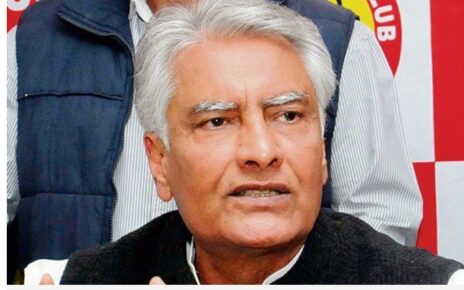In the backdrop of a long-running conflict over Mount Everest‘s height, Nepal and China jointly announced the revised height of the world’s highest peak as 8,848.86 metres— 86 cm higher than what was recognised since 1954.
The decision to re-measure the peak was taken by the government of Nepal, as prominent geologists were of the view that there might be a change in the height of the peak after 2015’s devastating earthquake in Nepal. Mountaineers had suggested a 7.8 magnitude earthquake in 2015 which killed nearly 9,000 people may have altered the height of Everest.
The announcement was made via a joint video conference by Nepalese and Chinese officials based in Kathmandu and Beijing, respectively. The declaration also ends the tussle between the two countries on the issue. The ambiguity goes back in history, when a survey was conducted in 1954 by British surveyors from India using instruments such as theodolites and chains, with GPS still decades away.
Kathmandu and Beijing had differed over its exact height but after each sent an expedition of surveyors to the summit they have agreed that the official height is 8,848.86 metres (29,031.69 feet), a bit more than their previous calculations.
Mount Everest is an “eternal symbol of … friendship between Nepal and China,” said Nepali Foreign Minister Pradeep Kumar Gyawali.
Mount Everest stays as the world’s tallest peak, followed by K2 (India), Kanchenjunga (India and Nepal), Lhotse (Nepal-China), Makalu (Nepal-China). Other prominent peaks in the list are Dhualagiri, Manaslu, Nanga Parbat, Annapurna and more.




